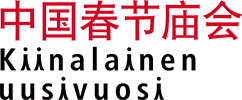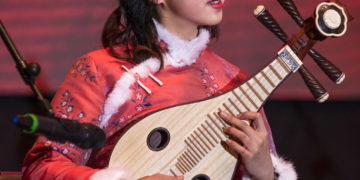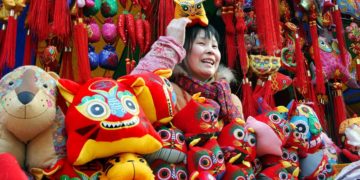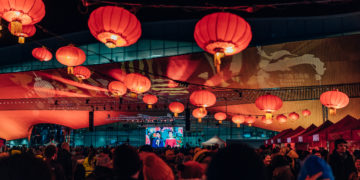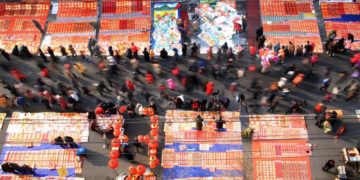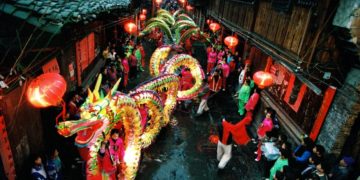History of the festival
History of the festival
The Chinese New Year event has been organized in Helsinki since 2007. The authentic atmosphere at the event is created by combining different traditional New Year elements from ancient Chinese culture, such as a lively market, colorful lanterns, dancing dragons and lions, a vast selection of New Year delights.
Spring Festival = Chinese New Year: A Global Symbol of Intangible Cultural Heritage
On the evening of December 4, Beijing time, the Spring Festival” was officially inscribed as a representative item of the Intangible Cultural Heritage of Humanity! As a treasure of Chinese culture, this marks the transformation of the “Spring Festival” into a globally celebrated cultural festival.
History
Due to the influence of diverse lifestyles and calendars during different dynasties, also the date and meaning of the Spring Festival have changed througout time. Originally Spring Festival was a form of giving thanks and worshiping Gods and ancestors at the end of the year’s farming activities. During the Han dynasty (206 B.C.–220 A.D.) the term Spring Festival was used to refer to the beginning of spring, whereas in the Southern and Northern dynasties (420–589) it was considered to cover the whole spring. After the 1911 Revolution, the first day of the Spring Festival was set on the first day of the first lunar month, according to the lunar calendar originated from the Xia dynasty (2070 B.C.–1600 B.C.). Hence, the date in our Gregorian calendar varies from the last week of January to the last week of February.
Also the New Year rituals and customs have changed throughout different dynasties. However, most of the ancient rituals remain popular today as well. Worshiping ancestors, expelling the old to welcome the new, wishing people fortune, and praying for good harvest are one of most common ancient traditions still very much alive in modern China.
Spring Festival – Days to Greet the Spring, New Year’s Eve and Lantern Festival
Chinese New Year Chunjie 春节 can be divided into three periods:
- Days to Greet the Spring Yingchunri 迎春日,
- New Year’s Eve Chuxi 除夕 and
- Lantern Festival Yuanxiaojie 元宵节.
The festival begins with the “Days to Greet the Spring” at the end of the last lunar month. This period lasts untill New Year’s Eve and consists of sweeping and dusting homes, buying presents, worshiping ancestors and decorating the doors and windows with red colored New Year couplets and pictures of Door Guardians. At New Year’s Eve, family members gather together to enjoy a festive dinner and shoot firecrackers and fireworks to drive away the demons. On New Year’s Day people continue the celebrations by paying visits to friends and relatives and exchanging blessings. Finally, the Spring Festival culminates in the joyous Lantern Festival on the 15th day of the first lunar month. On the night of the Lantern Festival people light up colorful lanterns with their close ones and watch them dance in the sky. In addition to lanterns, the streets are filled with loud firecrackers, as well as lion and dragon parades, folk dancers and people walking on high stilts.
Text: Annika Heikinheimo
Photo: Petri Anttila
Chinese New Year through the eyes of the CHINESE STUDENTS AND SCHOLARS OF UNIVERSITY OF HELSINKI.
